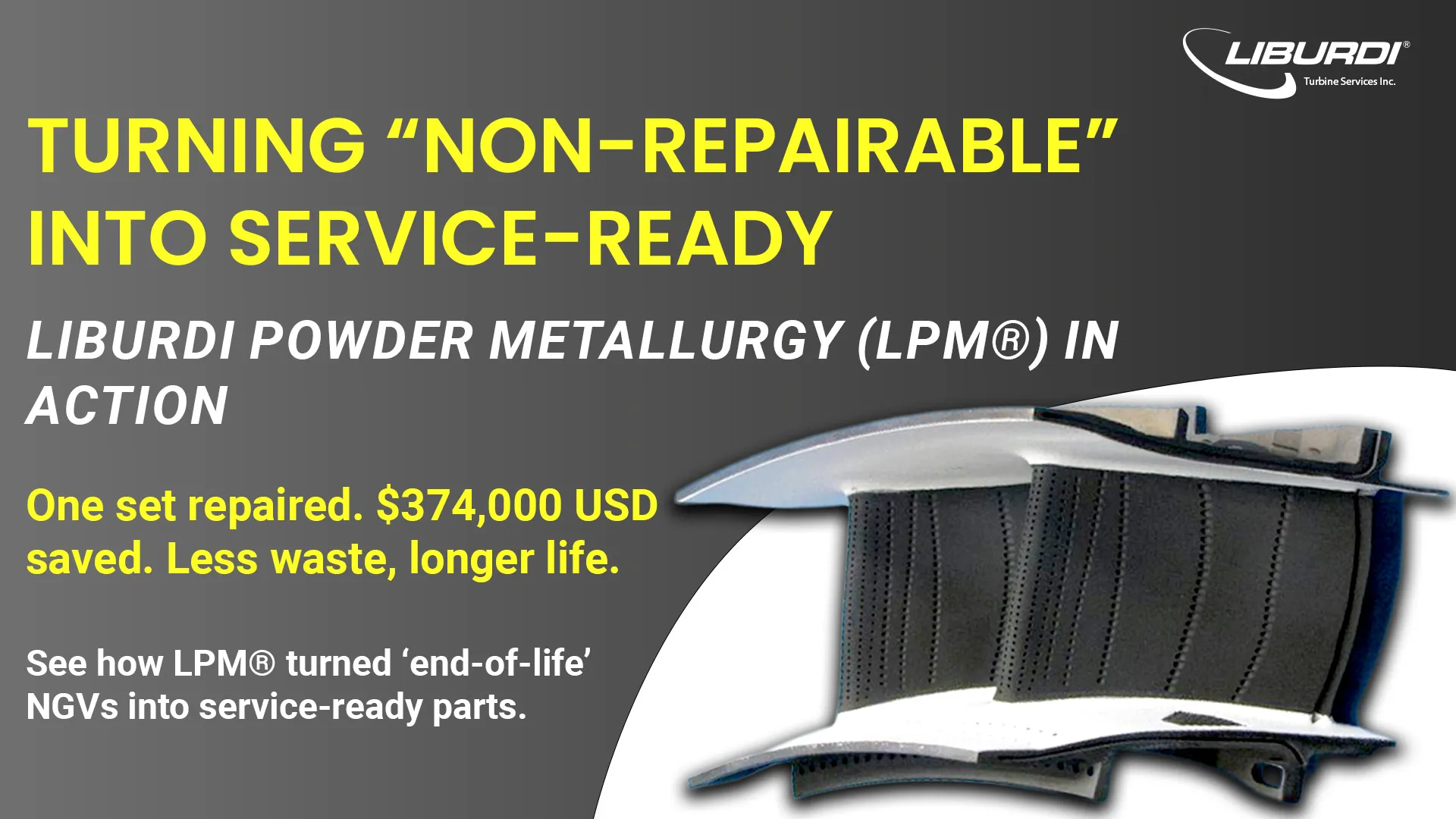
What happens when critical SGT-A35 (RB211) gas turbine components are labelled “non-repairable”? At Liburdi Turbine Services, that’s when the real work begins.
This case study shows how precision nozzle guide vane repair with LPM® brings parts back to service while controlling cost and waste.
Using our Liburdi Powder Metallurgy (LPM®) process, Liburdi rebuilt the eroded airfoil geometry with high-strength alloy powder as part of a detailed nozzle guide vane repair. The repair included:
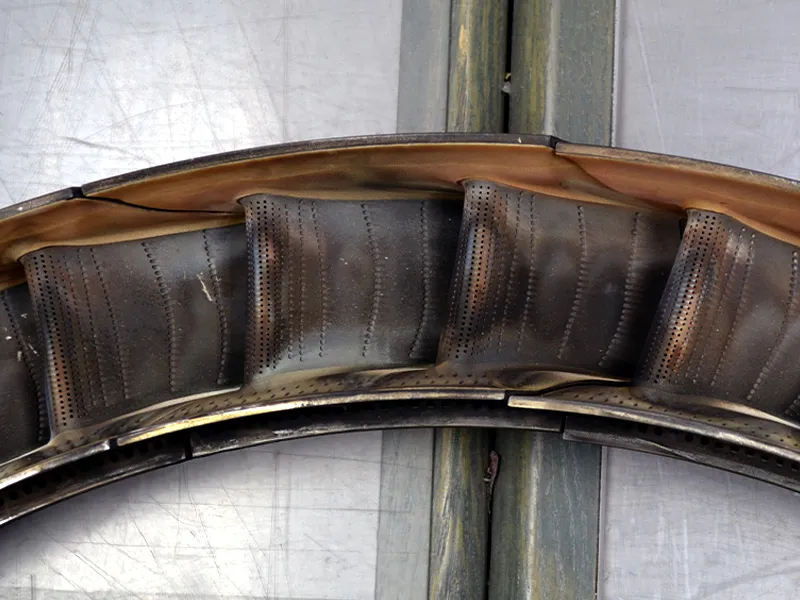
SGT-A35 (RB211) NGV service Damage Observed.
LPM® isn’t just a repair; it’s a reconstruction method that outperforms conventional weld repairs. It’s fully authorized by OEMs and has been used for over 20 years on aircraft, industrial, and aeroderivative gas turbine components.
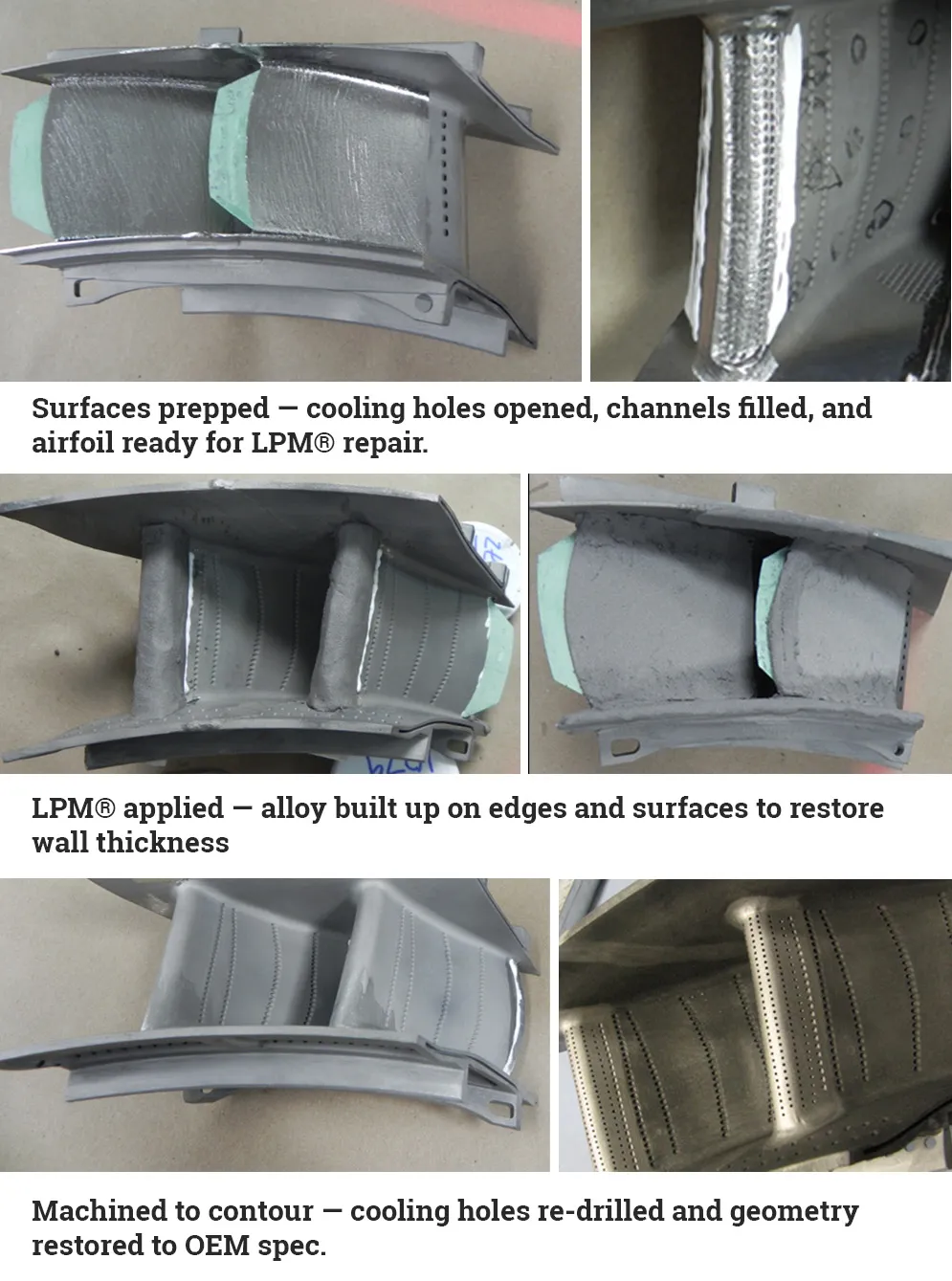
From cracked and oxidized to service ready, LPM extends part life while saving six figures
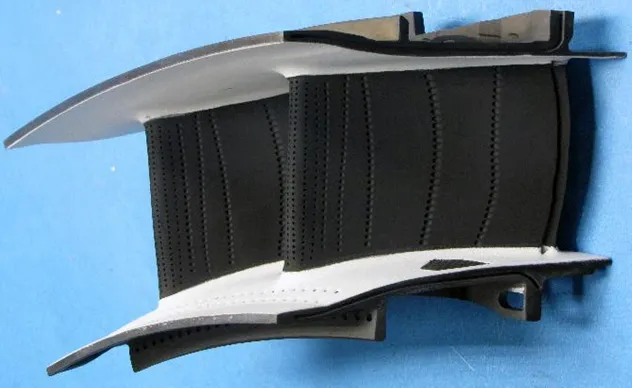
Recoated NGV restored to service ready condition with extended life and OEM performance.
This was not a one-time success, but the product of proven processes, expert engineering, and Liburdi’s dedication to excellence in every repair.
Repairs like this don’t just cut costs, they keep parts in service longer, reduce waste, and support a sustainable circular economy. Every component saved means less reliance on raw materials and fewer parts sent to the landfill, helping operators meet both cost and ESG goals.
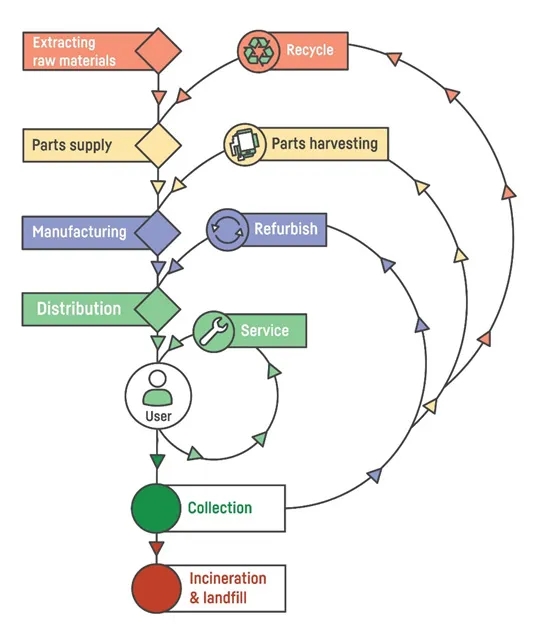
Extending component life supports the circular economy; keeping parts in service longer, reducing waste and minimizing reliance on new raw materials
For operators facing long lead times or limited part availability, it’s a reminder that “non-repairable” doesn’t always mean the end. Proven nozzle guide vane repair can bridge availability gaps without sacrificing performance.
Have a component labelled ‘non-repairable’? Let’s talk about what’s possible. Contact us at info@liburditurbineservices.com.